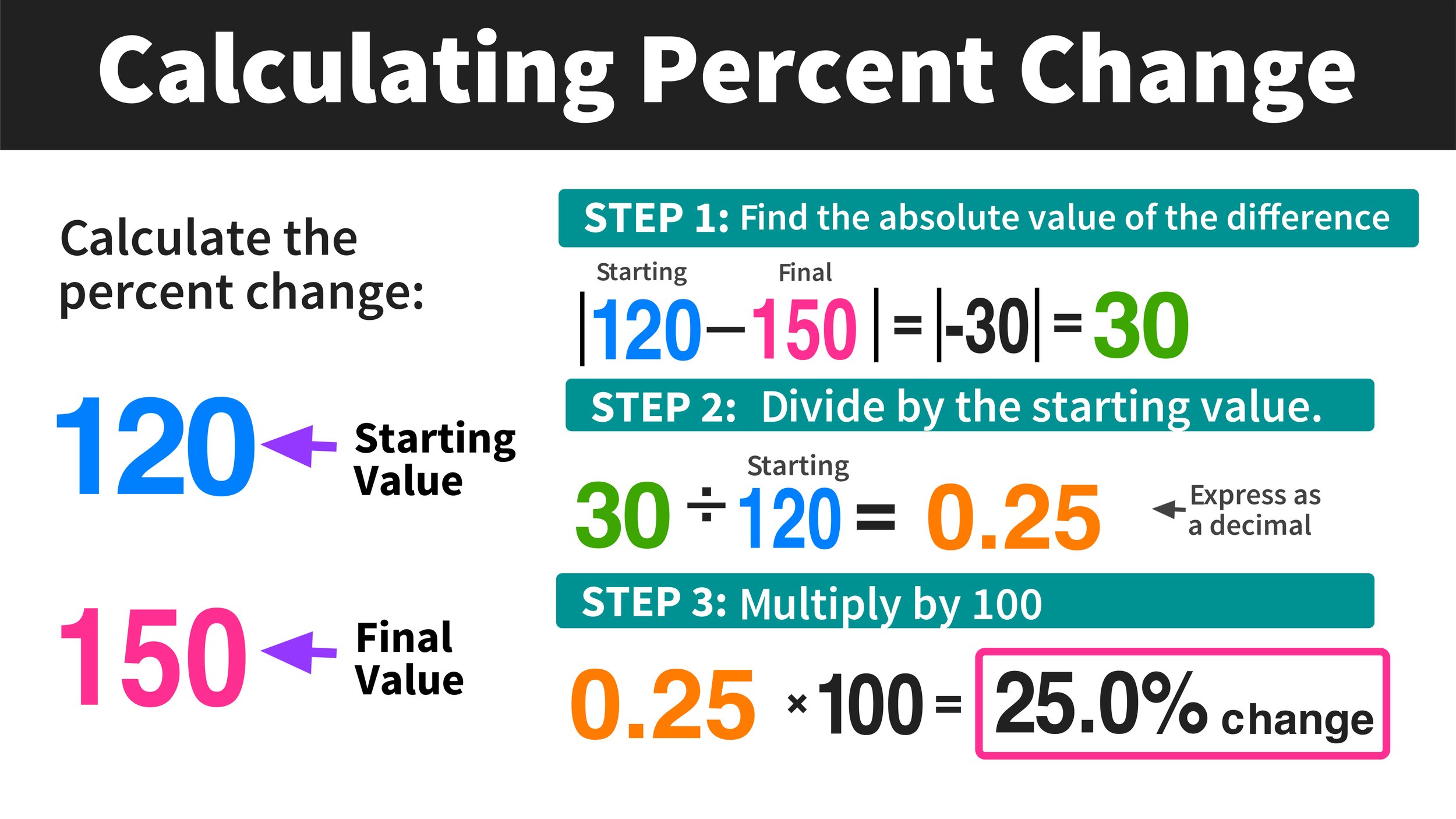11 Inspiring Growth Mindset Quotes for All Ages
The Best Quotes About Growth Mindset of All Time
Looking for inspirational growth mindset quotes? (Image: Mashup Math MJ)
Are you looking for a collection of the top 11 quotes about growth mindset?
If so, you’re in the right place. This post shares 11 of the most inspiring growth mindset quotes of all time, many of which you will inspire you to take on new challenges and to learn new things.
With a growth mindset for learning you view mistakes as learning opportunities, persevere through challenges, and value personal growth over end results. But nurturing a growth mindset takes time and consuming the right types of messages on a consistent basis is a great strategy for keeping you on the right path.
One great way to keep yourself motivated along your journey of developing a growth mindset is to have access to inspirational growth mindset quotes from successful individuals whom you admire. These role models can help you to see the power of developing a growth mindset for learning and how long-term success often depends on one’s ability to learn from their mistakes and embrace challenges head-on.
Below you will find 10 of our favorite quotes about growth mindset. This collection of growth mindset quotes features men and women from a variety of backgrounds and careers, so you will surely find a few that will be inspirational and motivational.
11 Inspirational Growth Mindset Quotes
Quotes about Growth Mindset #1: Carol Dweck
The passion for stretching yourself and sticking to it, even (or especially) when it’s not going well, is the hallmark of the growth mindset.
-Carol Dweck
The first entry on our list of growth mindset quotes comes Stanford professor and growth mindset pioneer Carol Dweck. (Image: Mashup Math MJ)
Quotes about Growth Mindset #2: Albert Einstein
It’s not that I’m so smart, it’s just that I stay with problems longer.
-Albert Einstein
The second entry on our list of growth mindset quotes comes from the great Albert Einstein. (Image: Mashup Math MJ)
Quotes about Growth Mindset #3: Oprah Winfrey
I’ve come to believe that each of us has a personal calling that’s as unique as a fingerprint, and that the best way to succeed is to discover what you love and then find a way to offer it to others in the form of service, working hard, and also allowing the energy of the universe to lead you.
-Oprah Winfrey
Our third inspirational growth mindset quote comes from Oprah Winfrey. (Image: Mashup Math MJ)
Quotes about Growth Mindset #4: Michael Jordan
I can accept failure, everyone fails at something. But I can’t accept not trying.
-Michael Jordan
This growth mindset quote from Michael Jordan is one of the best of all time! (Image: Mashup Math MJ)
Quotes about Growth Mindset #5: Steve Jobs
Sometimes when you innovate, you make mistakes. It is best to admit them quickly, and get on with improving your other innovations.
-Steve Jobs
Our next growth mindset quote comes from Apple Cofounder Steve Jobs. (Image: Mashup Math MJ)
Quotes about Growth Mindset #6: Bruce Lee
Persistence, persistence, and persistence. The Power can be created and maintained through daily practice—continuous effort.
-Bruce Lee
Our sixth inspirational growth mindset quote comes from martial artist Bruce Lee. (Image: Mashup Math MJ)
Quotes about Growth Mindset #7: Thomas Edison
Many of life’s failures are people who did not realize how close they were to success when they gave up.
– Thomas Edison
This inspirational growth mindset quote is by inventor Thomas Edison. (Image: Mashup Math MJ)
Looking for inspirational Growth Mindset Quotes to share with your kids?
Access over one hundred printable Growth Mindset quote posters for your classroom in our brand new PDF eBook!
Quotes about Growth Mindset #8: Ariana Grande
Learn from your mistakes. Take responsibility and forgive yourself.
-Ariana Grande
(Image: Mashup Math MJ)
Quotes about Growth Mindset #9: Pele
Success is no accident. It is hard work, perseverance, learning, studying, sacrifice, and most of all, love of what you are doing or learning to do.
–Pele
One of the best quotes about growth mindset comes from the great Pele. (Image: Mashup Math MJ)
Quotes about Growth Mindset #10: Lebron James
You can't be afraid to fail. It's the only way you succeed. You're not gonna' succeed all the time and I know that.
-Lebron James
One of our top growth mindset quotes comes from Lebron James. (Image: Mashup Math MJ)
Quotes about Growth Mindset #11: Mark Twain
Twenty years from now you will be more disappointed by the things you did not do than by the ones you did. So… sail away from the safe harbor. Explore. Dream. Discover.
– Mark Twain
Our final growth mindset quote comes from famous American author Mark Twain. (Image: Mashup Math MJ)
Conclusion: Growth Mindset Quotes
Now that you have seen all 11 of our favorite inspirational growth mindset quotes, it should be clear that the art of learning from one’s mistakes, practicing persistence, and viewing personal growth as a lifelong journey is both a timeless and ageless pursuit. Each growth mindset quote serves as a strong reminder that your potential for growth has no limitations. As long as you are willing to give effort and not get discouraged by your mistakes, you will be able to learn and to grow.
In your everyday life, you can use these insights to supply you with inspiration and motivation as you take on new challenges and continue to develop your own growth mindset for learning. In doing so, you are making a commitment to becoming ever persistent, resilient, and a true lifelong learner.
If you would like to learn more about a growth mindset for learning and its incredible benefits, check out our in-depth article on Defining a Growth Mindset for Learning (and Why it Matters).























































































